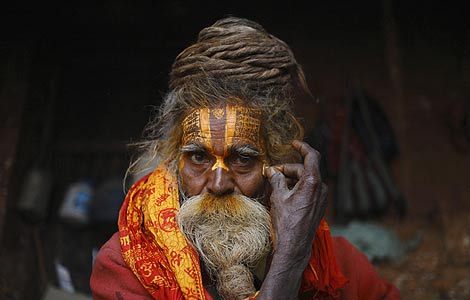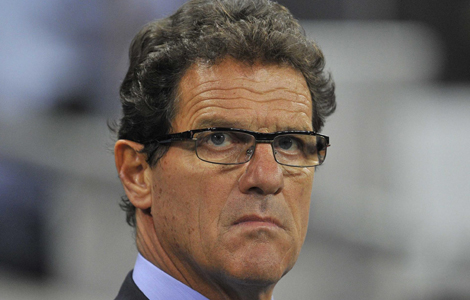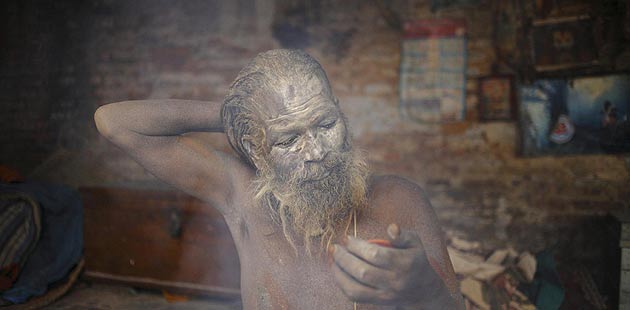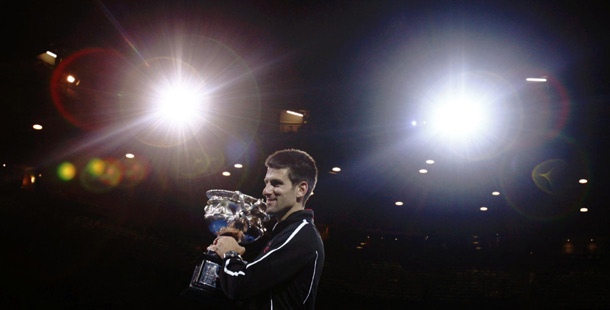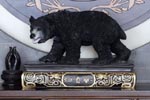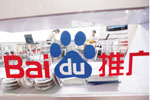Goodbaby grows up with Nike
Updated: 2012-02-17 09:05
By He Wei (China Daily)
|
|||||||||
|
Shopping for children's wear at a store in Qingdao, Shandong province. Many little-known companies together hold more than 95 percent of the Chinese market for baby and child products, while the top 10 brands each have a small share. [Photo / China Daily] |
SHANGHAI - Goodbaby Group, China's top manufacturer and retailer of baby care products, has announced an online retail partnership with the US sportswear giant Nike Inc as part of its efforts to win more brand recognition.
Under the agreement, Goodbaby will have exclusive authorization to sell Nike's children's wear through its website, haohaizi.com.
The move will help the Chinese company realize its revenue target of 10 billion yuan ($1.6 billion) in the domestic market by 2015, said its President Song Zhenghuan.
"The collaboration with Nike has been fruitful in the past decade, where we own and operate about 900 franchised Nike Young Athletes stores nationwide. I hope the cooperation in the virtual world will usher in a new chapter," said Song.
The company's fledging online business got off to a good start in 2011 when it recorded revenue of 60 million yuan. But Song said he aims to hit 3 billion yuan in four years' time.
"We at Nike are very excited about the opportunities that lie in e-commerce," said Craig Cheek, vice-president of Nike Sports China Co Ltd.
"We believe that the digital space will be a key factor in our growth in the coming years, one that opens up an entirely new channel through which we can connect with our consumers."
Goodbaby, a Jiangsu-based enterprise best known for mass-producing baby strollers, is now the largest supplier of strollers in North America, Europe and China. After more than 20 years of global business, Goodbaby has a 40 percent share of the baby carriage market in the United States and an 80 percent share in China.
The corporation serves as a manufacturer, retailer and distributor for mother- and baby-care products, including strollers, baby clothes and healthcare products. Goodbaby International Holdings Ltd, a subsidiary of Goodbaby Group, went public on the Hong Kong stock exchange in November 2010 to gain a slice of the international market.
Goodbaby has worked extensively with international players. In addition to Nike, it has operated with the British children's retailer Mothercare UK Ltd through a joint venture. It has also worked with foreign brands such as Quinny and Maxi-Cosi.
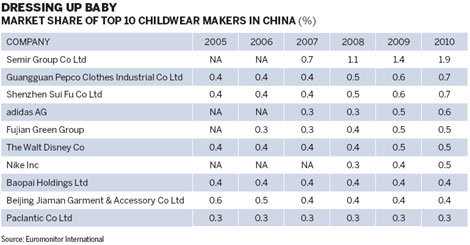
Buoyed by increased consumption, manufacturers are leaving no stone unturned to cash in on the so-called "fourth baby boom" that is expected to last until 2015. Last year, Goodbaby registered revenue of more than 2 billion yuan in the Chinese market, up 30 percent year-on-year.
Song said the company aims to combine international and domestic high-quality maternity and child brands to promote the standardized development of the industry, and the goal won't be achieved "without properly integrating online and offline resources".
Data from the consultancy Euromonitor showed the market value of children's wear in China reached 84.6 billion yuan in 2010. According to the National Bureau of Statistics, nearly 30 percent of the total expenditure of urban families is made on infants or children.
A separate study from Boston Consulting Group suggested the market value of China's baby industry - including food, garments, toys and related products - will enjoy an annual growth rate of 17 percent in 2012.
International players have joined the fray to cash in on the booming market. The luxury brand Gucci SA opened its first children's clothing shop in Shanghai last year, and other casual wear retailers including Hennes & Mauritz AB, better known as H&M, and ZARA International SA have set up kids' divisions.
But the children's wear market in China is greatly fragmented, as it faces a brand vacuum and lacks dominant brands, said Tian Tao, vice-president of CTR Market Research Co Ltd.
Tian's view was supported by a Euromonitor study, which suggested that the top 10 brands in this niche market accounted for less than 5 percent of the overall market value, with the remainder being shared by "thousands of minority players".
Related Stories
Investing in our children 2011-10-11 08:06
Nike to invest in China 'very aggressively' 2011-10-11 19:03
Nike admits to false advertising 2011-09-09 11:19
State councilor meets Nike president 2011-10-11 17:17
Nike plans to 'just double it' in China with focus on small cities 2011-10-14 07:53
- US firms prepare to expand business in China
- Exports face difficult outlook in Q1
- Delegations sign record-setting soybean deals
- FDI drops over EU debt crisis
- Foreign real estate firms exiting capital
- China goes for the gold
- China trims US Treasury holdings for third month
- Dumping case harms ceramic makers



